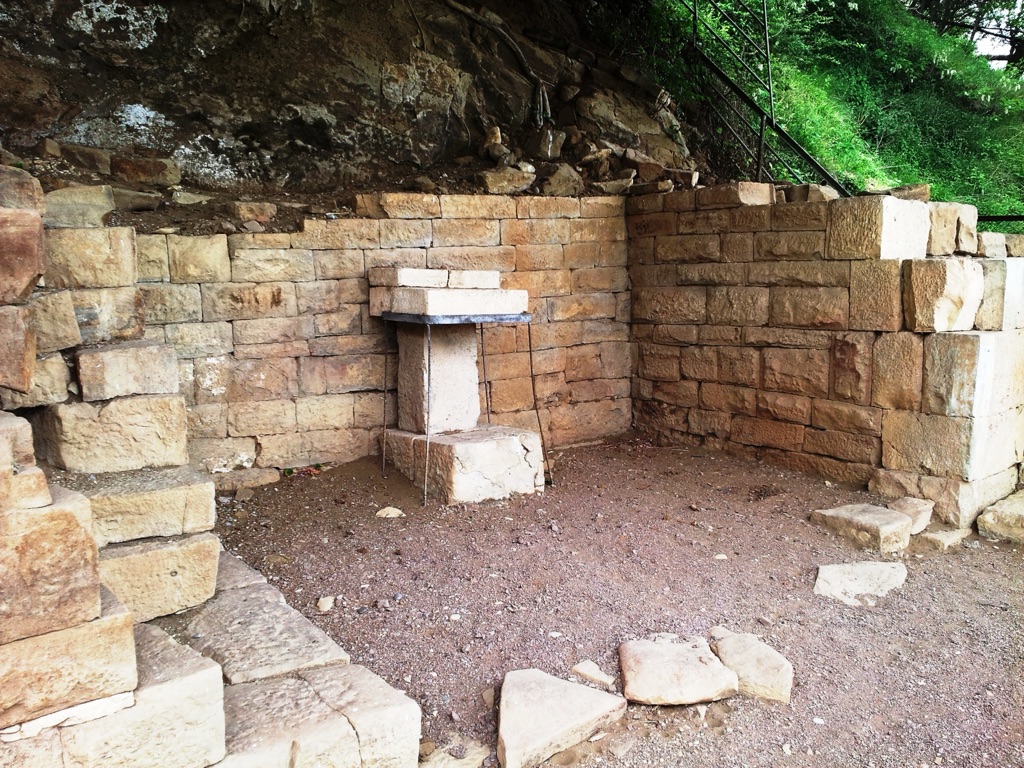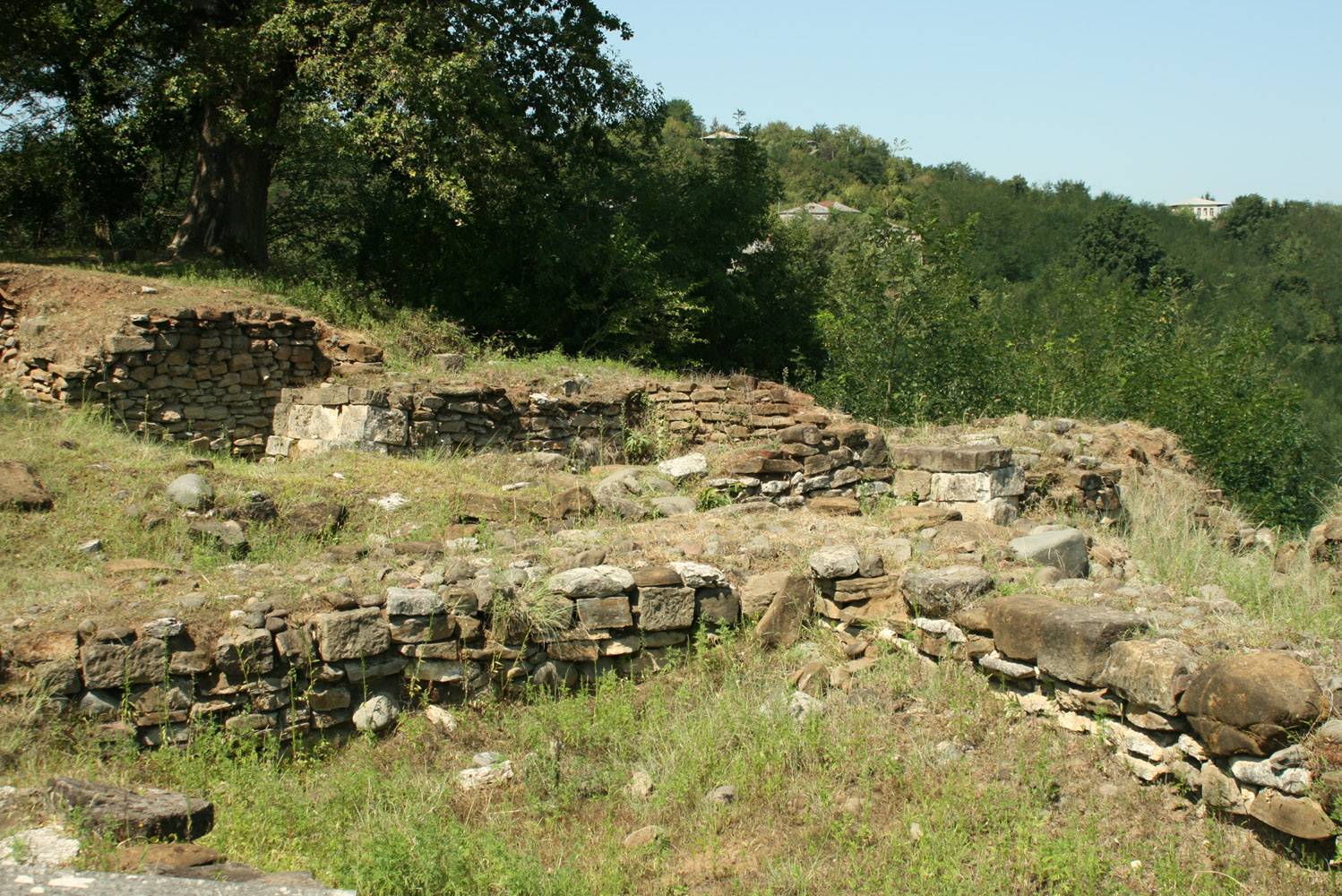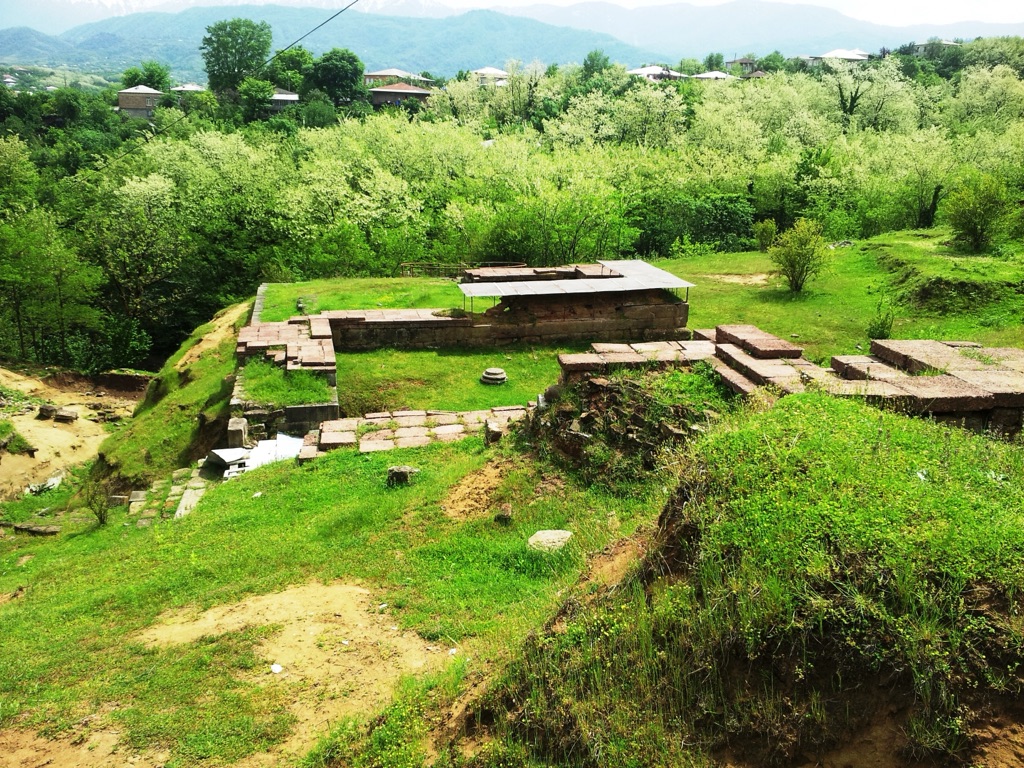Ancient Vani, nestled in the rolling hills of western Georgia, stands as a testament to the rich cultural tapestry of the Colchian civilization. This archaeological site, dating back to the 8th century BC, was a thriving center of trade, culture, and religion. Its discovery has shed light on the mysterious Colchian kingdom, known from Greek mythology as the destination of Jason and the Argonauts in their quest for the Golden Fleece. The artifacts unearthed at Vani, including exquisite gold jewelry, bronze sculptures, and pottery, offer a glimpse into the life and artistry of an ancient people who once dominated the eastern shores of the Black Sea.
Get your dose of History via Email
Historical Background of Ancient Vani
The discovery of Ancient Vani dates back to the late 19th century. Local treasure hunters first stumbled upon its riches, leading to professional excavations. Ekvtime Takaishvili, a Georgian historian, initiated systematic studies in the early 20th century. The site’s significance became clear as the layers of history unfolded. The Colchians, known for their skilled metalwork and trade, built Vani. It flourished from the 8th to the 1st century BC, witnessing various cultural influences.
Over time, Ancient Vani evolved from a small settlement into a major urban center. It became a hub for artisans and traders. The city’s growth mirrored the rise of the Colchian kingdom. The Greeks, who traded with the Colchians, heavily influenced the site. This cross-cultural exchange is evident in the artifacts and architectural remnants found at Vani.
Despite its prosperity, Vani faced turbulent times. It was the scene of significant historical events, including conflicts with neighboring powers. The city’s decline began in the 3rd century BC, with a final destruction layer dating to around 50 BC. This suggests a violent end, possibly at the hands of invading forces.
After its fall, Vani lay forgotten until its rediscovery. The site has since been the focus of ongoing archaeological research. It provides insights into the Colchian civilization’s social structure, economy, and religious practices. The city’s remains tell a story of a once-thriving society that played a crucial role in the region’s history.
Today, Ancient Vani is recognized as a significant cultural heritage site. It offers a unique window into the ancient world. The ongoing excavations continue to reveal its secrets, as scholars piece together the life and times of the Colchian people.

About Ancient Vani
Ancient Vani’s architecture and artifacts reflect the sophistication of the Colchian civilization. The city’s layout reveals a complex urban design. It includes fortifications, residential areas, and religious sanctuaries. The building materials primarily consisted of stone and mudbrick, with wood used for structural support.
The city’s most striking architectural features are its richly adorned temples and altars. These structures highlight the importance of religion in Colchian society. The temples housed intricate carvings and statues, many of which depict deities and mythological scenes. The craftsmanship of these items points to a high level of artistic skill.
Excavations have uncovered a wealth of gold jewelry at Vani. These pieces showcase advanced techniques such as granulation and filigree. The jewelry often features intricate designs and precious stones. It reflects the wealth and status of the city’s elite.
Bronze sculptures found at the site are another highlight. They exhibit a blend of local and Greek styles, indicating cultural exchange. The sculptures range from small figurines to life-sized representations of humans and animals. They provide a tangible connection to the beliefs and aesthetics of the Colchian people.
The pottery of Ancient Vani includes both utilitarian and ceremonial pieces. The styles and motifs on these ceramics offer clues about daily life and trade relationships. The presence of Greek amphorae, for example, suggests a robust trade network with the Mediterranean world.

Theories and Interpretations
The purpose and significance of Ancient Vani have been the subject of various theories. Some scholars suggest it was a religious center, given the abundance of temples and ritual objects. Others propose it was a political and economic hub, as indicated by its strategic location and wealth of trade goods.
The mysteries of Vani include the interpretation of its iconography. The mix of local and Greek symbols has led to debates about the extent of Hellenistic influence. The site’s role in the myth of the Golden Fleece also remains a topic of fascination. Some speculate that the region’s rich gold resources inspired the legend.
Dating the layers of Vani has been crucial in understanding its history. Archaeologists have employed methods such as stratigraphy and radiocarbon dating. These techniques help establish a timeline for the city’s development and decline. The results have provided a framework for interpreting the site’s complex history.
Theories about Vani’s downfall are also varied. Some attribute it to internal strife or economic decline. Others point to evidence of fire and destruction, suggesting an invasion. The true cause remains a puzzle, pieced together from archaeological and historical clues.
Despite these uncertainties, Ancient Vani continues to be a source of scholarly intrigue. Each new discovery adds to the understanding of this enigmatic site. It challenges existing theories and interpretations of the ancient world.
At a glance
- Country: Georgia
- Civilization: Colchian
- Age: 8th to 1st century BC

